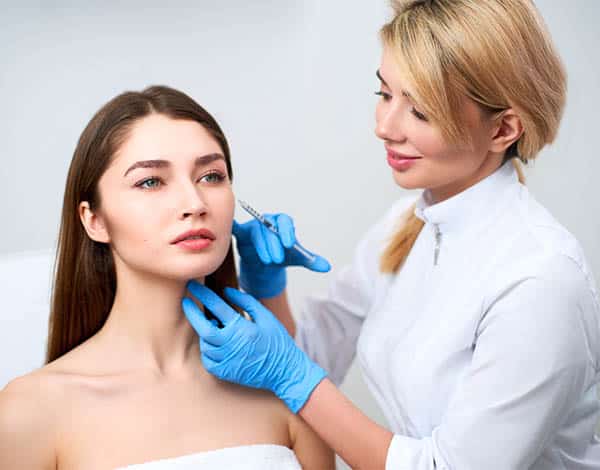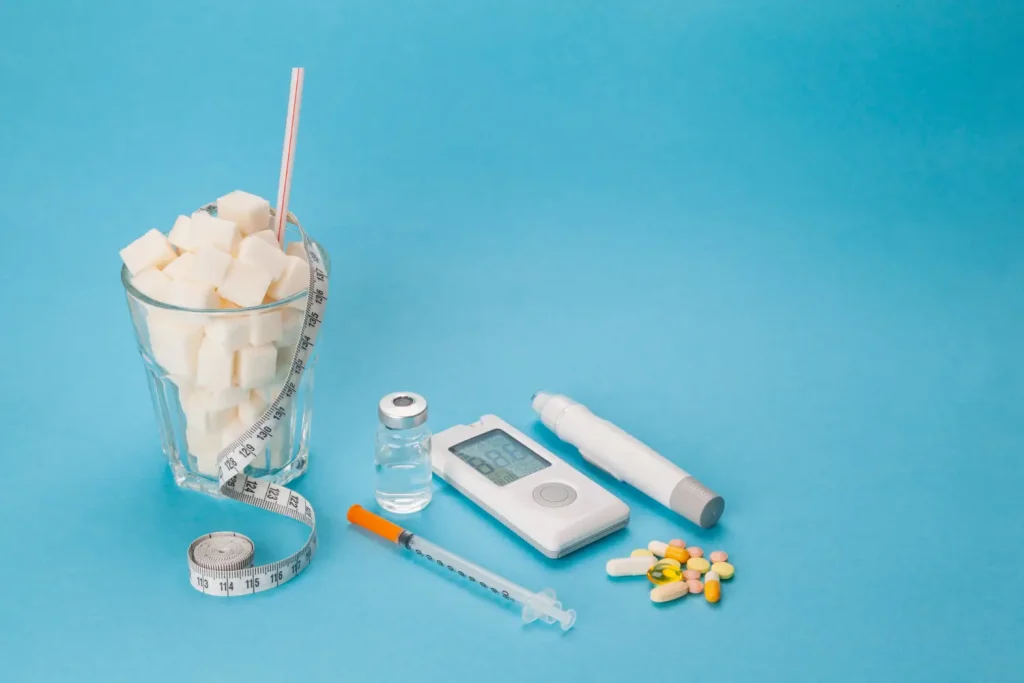Dermal fillers and Botox are some of the most widely used non-surgical cosmetic products in the U.S. There are many reasons why patients choose treatment with a dermal filler or Botox over surgical options, including quick results and lack of recovery time. With minimal risks and quick sessions, there are few downsides to treatment with a dermal filler or Botox. However, there may still be some discomfort associated with the use of Botox or a dermal filler; this includes the risk of bruising after treatment.
One study shows that nearly 24 percent of patients who underwent treatment with an injectable product reported some degree of bruising after treatment. Though most cases of injectable-related bruising resolves itself within a few days, it can still be unsightly and uncomfortable for patients. However, there are many techniques you and your patients can employ before and after treatment to reduce discomfort and prevent bruising.
Reduce Discomfort and Bruising: Before Treatment
Some simple planning can go a long way in decreasing the likelihood of discomfort during treatment and bruising post-treatment. By making the right choices prior to the procedure and advising your patient against certain behaviors, you can minimize some uncomfortable side effects of Botox and dermal fillers.
Know What You’re Doing
As the medical practitioner administering these injections, it is important that you are properly trained and knowledgeable in the area of injection. To avoid puncturing vessels, you must have an excellent understanding of venous and arterial vessels of the face, and you must be able to locate areas of the patient that should be avoided or approached with caution. Before injecting any product, you must have a consultation session with the patient under good lighting. Inspect the patient’s makeup-free skin so you can identify any superficial vessels to avoid. Tools such as a magnifying loops or VeinViewer products are very helpful during this stage.
During treatment, it is important to position the patient so as to reduce unnecessary trauma or excessive movement. Seat them in a semi-reclined position at a 30-degree angle and support the head on a head rest. Brace your injecting hand on the patient to avoid unnecessary movement.
Perhaps the most significant thing you can do as the medical practitioner to reduce bruising is to choose the correct injection technique. When possible, use smaller gauge needles and the single or serial puncture techniques. For Botox, use a 30G needle. For dermal fillers, consider using a blunt-ended cannula and a fanning technique. This will likely lead to less bruising and decrease damage to blood vessels compared to a fanning or threading technique with a sharp-ended needle.
Choose the Right Product
After consulting with the patient to assess their desired results and the extent to which they fear discomfort during the procedure and bruising post-treatment, make sure you choose the right product. If the patient is particularly hesitant about discomfort, avoid, if possible, more viscous products, such as some Juvederm or Restylane fillers, that must be injected deep into the skin. Additionally, slower treatment with less volume results in less bruising.
Many products are now available with an anesthetic such as lidocaine to help reduce discomfort during treatment. Many of the most popular brands of dermal fillers–including Restylane, Juvederm, and Radiesse–offer versions of their dermal filler products with lidocaine.
Avoid Certain Medications
To reduce bruising after treatment, it is important to advise your patients to avoid certain medications and herbal supplements in the weeks leading up to treatment. Any supplement or medication that thins the blood or restricts blood clotting will increase the likelihood of bruising and should be avoided. During consultation, it is important to ask your patients if they have any pre-existing conditions that require anticoagulants; additionally, discuss the risks of the procedure if they choose to proceed.
To reduce bruising, advise your patients to avoid taking any of the following substances for two weeks prior to treatment:
- NSAIDs, including aspirin, ibuprofen, and naproxen;
- anticoagulants, including Heparin and Warfarin;
- John’s Wort;
- vitamin E;
- omega-3 fatty acids and fish oil;
- gingko biloba;
- ginseng;
- green tea;
- krill oil;
- flaxseed oils.
Reduce Bruising: After Treatment
While being prepared prior to the procedure is important, aftercare is also essential to reducing bruising and discomfort. There are a few steps your patients can take to ensure the quickest, most comfortable recovery possible.
Local Compression
The intermittent application of a cold compression can go a long way to reducing discomfort, and local compression after injection can even reduce bruising. Local compression along with the use of a cold compress encourages vasoconstriction, which reduces bruising.
When your patients leave the office after their treatment is finished, encourage them to lightly apply a cold pack or cold compress for five to 10 minutes every hour. This has the most impact if it is performed within the first eight hours after treatment to reduce bruising and swelling. Other than to apply a compress, you should advise patients to avoid touching the injection area, as this can cause further agitation to the blood vessels.
Take Arnica
Arnica is a natural remedy that has been shown to reduce bruising and discomfort after Botox and dermal filler procedures. It can either be taken in pill form or applied topically to the injection area. If your patient is very concerned about bruising, you can advise them to take arnica for a few days leading up to treatment.
The presently available alternatives to arnica include vitamin K8 and bromelain, both which can also be applied topically or in supplement form. Bromelain is an enzyme naturally present in pineapples, so if your patients can’t maintain a steady supply of bromelain, you can suggest to consume more pineapple. In pill form, bromelain is recommended to be taken three times a day at a dose between 200 to 400mg, which helps speed the recovery process and reduce bruising.
Avoid Excessive Physical Activity
A major matter to pay attention to, strenuous physical activity or exercise has a substantial increase in blood pressure and may aggravate existing bruising. The same increase in heart rate and blood flow may also cause a slow down in the healing of damaged capillaries, meaning that the bruising will linger longer. Advise your patients to avoid engaging in vigorous exercise, such as weight training and aerobic exercises, after the treatment for at least 24 hours. If the patient expresses that this preventative measure has not helped to reduce bruising, then they should avoid exercise for up to three days.
There are currently no guarantees that patients will not experience any discomfort or bruising as a result of treatment with Botox or a dermal filler, but following these easy steps before and after treatment will go a long way to reducing the chances of such side effects occurring.





















